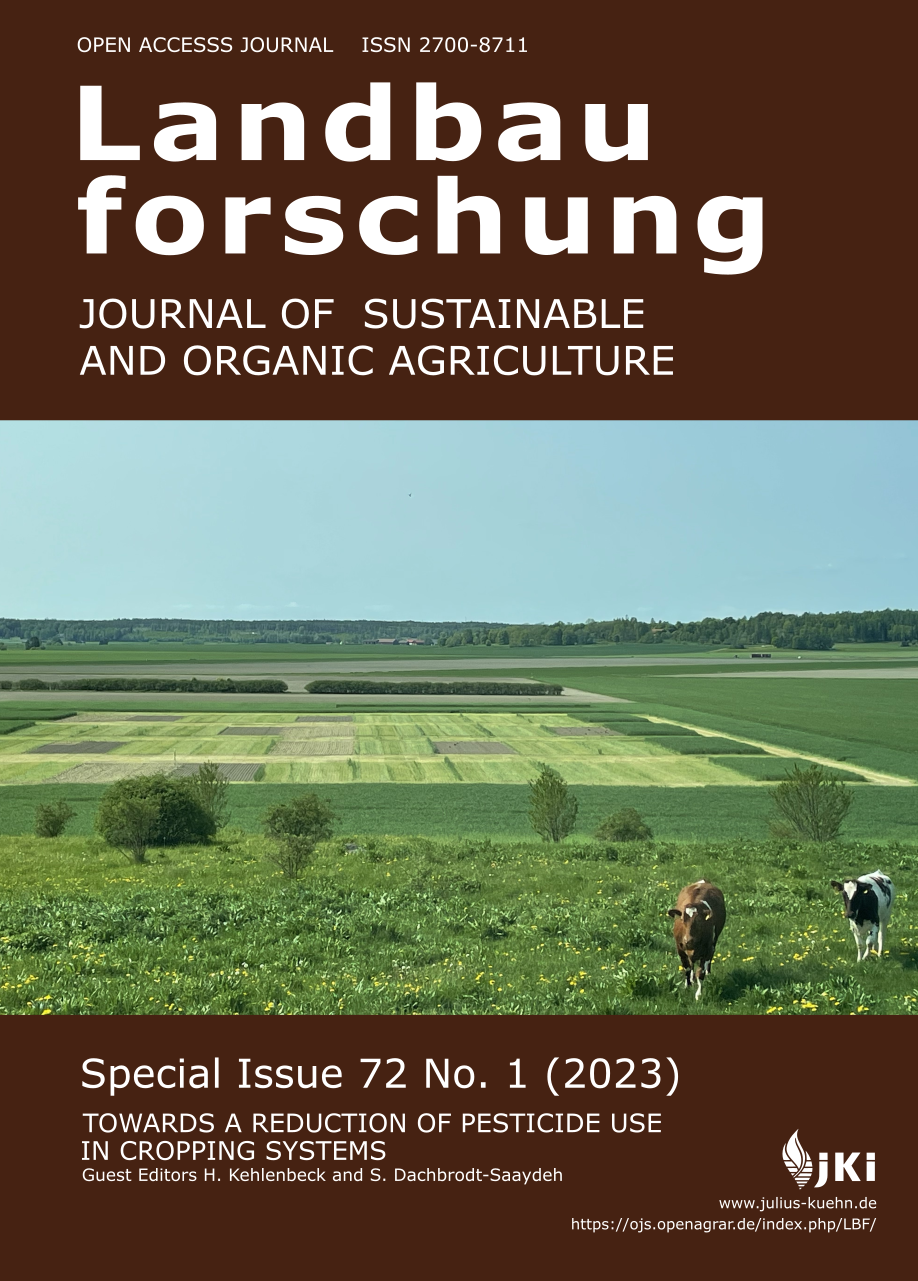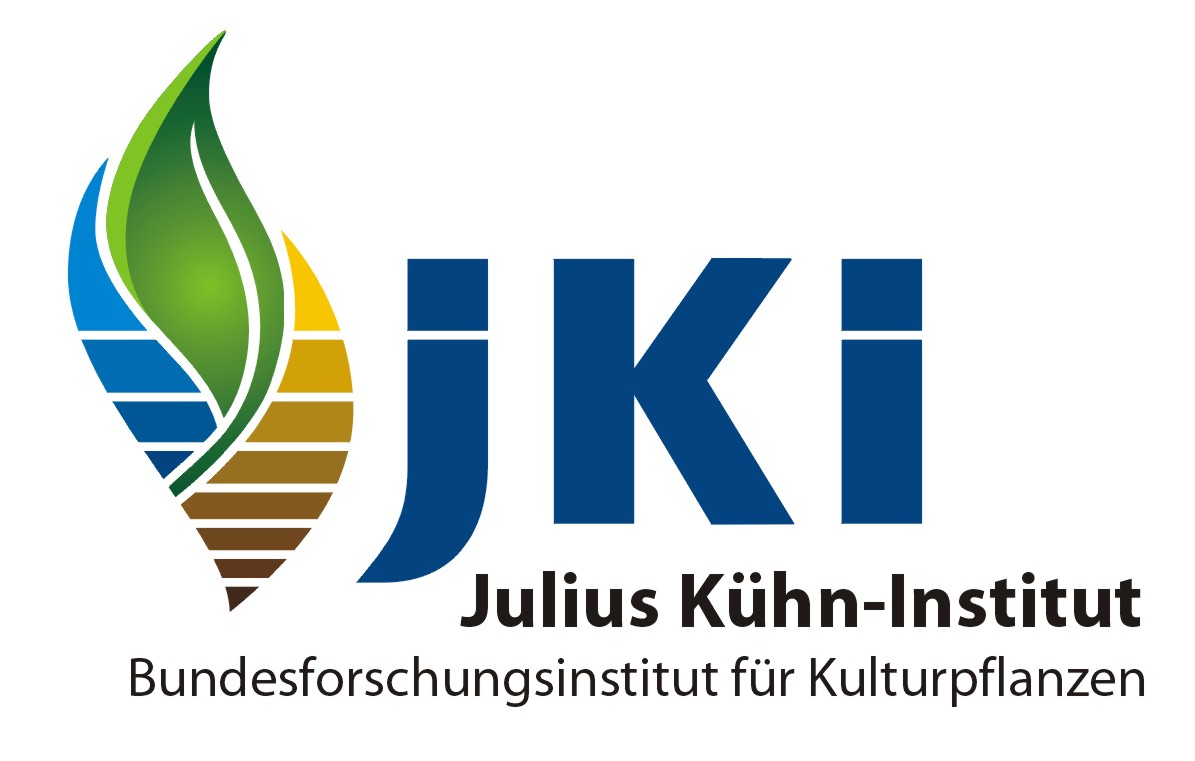Reduction of plant protection products in sensible areas in Germany in context of the SUR Proposal
Influence of data, methods and definitions on the assessment of agricultural land effected
DOI:
https://doi.org/10.5073/LBF.2023.01.08Keywords:
SUR, sensible areas, pesticides, spatial analysisAbstract
In agriculture, the application of plant protection products to cropland is important to prevent quality and yield reduction. The use of plant protection products implies negative effects on human health and the environment. Thus, a legal measure towards reducing the use of plant protection products is its restriction or ban especially in sensitive areas.
This is the first national study to use publicly and freely available geodata to access the area of agricultural land located in different types of sensitive areas according to the proposal for a new EU Regulation on the Sustainable Use of Plant Protection Products (SUR). We assess the impact of different scenarios for a German implementation. In this study we analyse publicly available geodata of CORINE land cover 5 ha of 2018 with geographic information systems (GIS) for different scenarios.
The results show that the impact of a pesticide ban or restriction for sensitive areas differs between regions and the type or combination of sensitive area. Using the CLC5-2018 data we estimate 19.6 million hectares of national agricultural area. Landscape Protection Area, Nature Parks and Water Protection Areas contain the largest proportion of agricultural land. A scenario which considers National Parks, Nature Reserves, Biosphere Reserves, Nature Parks, Natural Monuments, Landscape Protection Areas and Natura 2000 sites with Fauna-Flora-Habitat areas and Special Protected Areas for bird sanctuaries and Ramsar sites would affect 46.6% of the agricultural land use in Germany, ranging from 33.4% to 77.9% across different states.
Comparing our CLC5-2018 results to a similar study from 2023, which used LBM-DE as land use data, we find that there is little difference between the results of identical scenario definitions when expressed as proportions. Whereas different SUR scenario definitions can lead to significantly different outcomes.
Published
Issue
Section
License
Copyright (c) 2023 Burkhard Golla, Ricarda Lodenkemper, Saskia Bacher

This work is licensed under a Creative Commons Attribution 4.0 International License.









